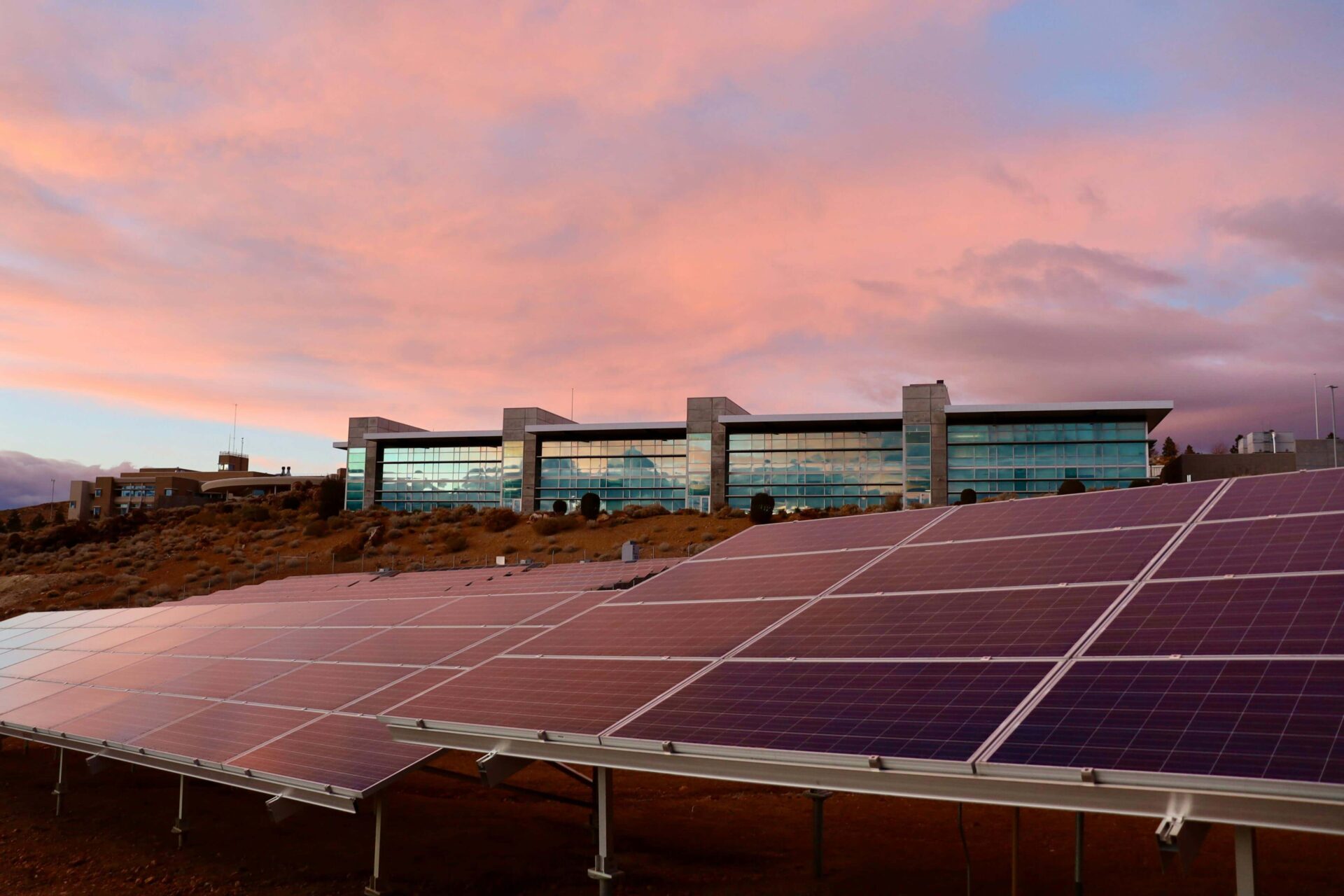Australia’s energy landscape is evolving rapidly, with new developments in energy demand, storage, and policy shaping the market. At Utilizer, we want to help you to better understand these changes and support you to make better decisions for your energy needs, whether you’re looking to optimise costs, invest in sustainability, or future-proof your operations. Here’s a look at the key updates for November and how they might impact your business.
Record Low Energy Demand in NSW & SA
Both New South Wales and South Australia recently hit record lows in electricity demand, driven by increased rooftop solar generation and energy efficiency measures. For businesses, this highlights the growing role of decentralised energy and renewables in the market. As more companies and households adopt solar, the dynamics of energy supply and demand are shifting.
What does this mean for you?
Businesses with solar or those considering renewable investments could see benefits from reduced grid reliance and lower energy costs during low-demand periods. However, this also increases the need to stay informed about how demand fluctuations might affect grid stability and electricity prices, especially during peak and off-peak times
VIC’s Minimum System Load Events
Victoria has experienced several Minimum System Load (MSL) notifications recently. These events occur when renewable generation (like wind and solar) outpaces demand, forcing the grid operator to reduce or switch off some renewable energy sources. While this can be a temporary measure, it’s expected that it may become more frequent as renewable penetration increases.
What does this mean for you?
Businesses involved in renewable energy generation may face occasional constraints during MSL events. Staying informed about how and when these notifications occur could help you manage your energy strategy, whether by adjusting energy consumption or exploring options like energy storage to mitigate potential impacts.
QLD Expands Energy Storage
Stanwell Energy is making significant moves in Queensland by expanding its energy storage capacity with two new projects, adding nearly 650 MW. This is great news for the grid and for businesses relying on stable energy supplies.
What does this mean for you?
With more storage capacity, businesses may see improved grid stability, especially as renewable energy becomes more dominant. Energy storage can also offer opportunities for businesses to explore demand-side response strategies, potentially leading to cost savings and increased resilience in your energy supply.
VEU Program Extended: Savings on Energy Efficiency
The Victorian Government plans to extend the Victorian Energy Upgrades (VEU) program until 2045, encouraging energy-efficient upgrades for businesses and households. These upgrades are supported through incentives, making it more cost-effective to reduce energy consumption and improve sustainability.
What does this mean for you?
This proposed extension provides a long-term opportunity for businesses in Victoria to capitalise on energy-efficient technologies, from lighting to heat pumps and HVAC systems. By participating in the VEU program, you can reduce your energy usage, lower your carbon footprint, and unlock cost savings—all while supporting your company’s sustainability goals.
LGC Prices Have Fallen
Large-scale Generation Certificate (LGC) prices have dropped by an average of 14% since early October, reflecting increased renewable energy capacity in the market.
What does this mean for you?
If your business purchases LGCs as part of your renewable energy strategy, now might be a good time to review your procurement plan. Falling prices could present an opportunity to lock in lower costs for renewable energy certificates, helping you meet sustainability targets more affordably.
Storms in South Australia: Preparedness Is Key
A recent storm in South Australia caused widespread damage to energy infrastructure, highlighting the vulnerabilities in the grid during extreme weather events. With 29 transmission towers down and thousands left without power, the storm also contributed to increased price volatility in the spot electricity market.
What does this mean for you?
Weather-related disruptions appear to be becoming more frequent, and businesses need to be prepared. Reviewing your energy resilience strategies—whether through on-site generation, energy storage, or backup systems—can help mitigate the impact of such events on your operations and costs.
Nuclear Energy on the Horizon?
In a significant policy development, the Australian House of Representatives has established a committee to explore the potential of nuclear energy in Australia. While still in the early stages, the committee will present its final report by April 2025, which could shape the country’s long-term energy future.
What does this mean for you?
While nuclear energy may still be years away, it’s an area worth watching, particularly for businesses with long-term energy needs or those looking to diversify their energy sources. As the energy transition progresses, staying informed about emerging technologies will be key to future-proofing your energy strategy.
The Bottom Line: Stay Ahead in a Changing Energy Market
Australia’s energy market is changing fast, and these updates highlight just a few of the shifts that could impact your business. Whether it’s taking advantage of energy storage, securing lower LGC prices, or improving energy efficiency, there are plenty of opportunities to optimise your energy strategy in this evolving landscape.
If you’d like support in navigating these changes or want to explore how you can make the most of the current market, please get in touch with us. Our team is here to empower you with the insights and solutions needed to achieve the best available energy outcomes for your business.






